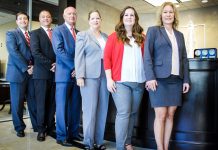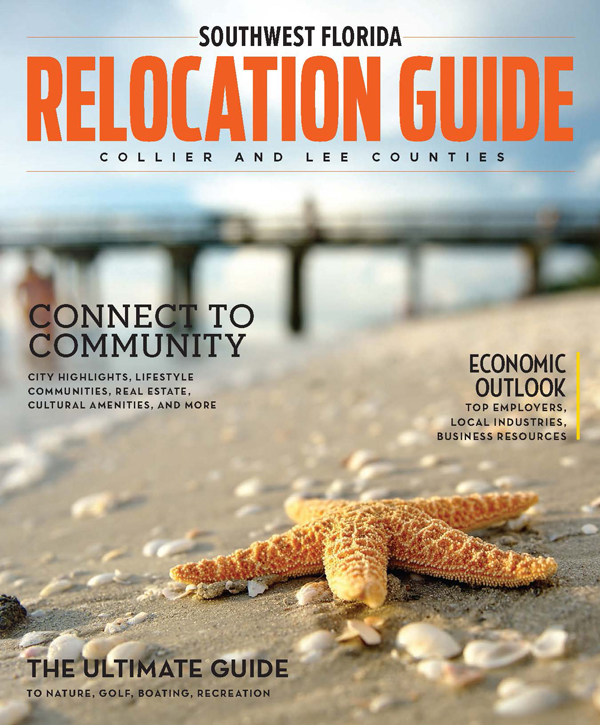
As the region’s economy diversifies, local leaders are embracing education, workforce training, leadership development, and regional collaborations to lay a solid foundation for the economy and careers—today and tomorrow.
There’s a modern misconception that describes Southwest Florida’s economy as “a three-legged stool” propped up by tourism, agriculture, and construction, and while that held true for a long time, it’s no longer the case. And that’s great news.
The five-county region’s economy is a dynamic and evolving engine fueled by a labor force of 590,063, according to the 2019 Workforce Now study, created by the Regional Economic Research Institute (RERI) at Florida Gulf Coast University Lutgert College of Business in partnership with Hodges University and Florida SouthWestern State College. The Southwest Florida region is made up of Lee, Collier, Charlotte, Hendry, and Glades counties. The five largest industries by employment are: retail trade, accommodation and food services, healthcare and social assistance, construction, and administrative and waste services, according to the report.
Diversifying market sectors is the name of the game in economic development to build a robust, sustainable economy—a grueling lesson learned during cyclical booms and busts—so regions aren’t dependent on a few industries.
There are several forces shaping the makeup of the local economy—importantly, a steady population increase. Since 1990, Collier County’s compounded population growth average was 3.2 percent per year and Lee County’s grew by 2.8 percent annually. These rates are expected to consistently gain at least 1.3 percent annually in Collier County and 1.6 percent in Lee County through 2045, according to the RERI. The simple math: More people create higher demand across the board in all sectors. “Population growth has been a strong driver of wealth for the region, creating the need for housing, recreation, and services,” reports Workforce Now.
According to the RERI, the four fastest-growing in industries by percentage increase from 2014 to 2018 were: construction (47.8 percent), accommodation and food services (15.2 percent), healthcare and social assistance (14.4 percent), and retail trade (10.1 percent).
Local leaders, however, aren’t resting on the laurels of population growth for economic expansion. A host of impressive measures are underway for meeting the needs of today’s economic landscape, while planning for tomorrow’s market demands, and diversifying employment opportunities.
Regionally, a significant emphasis has been placed on education. Southwest Florida’s community leaders understand that graduating high school seniors need to have a vision for their futures and ways to achieve those goals—learning a trade, starting a business, joining the military, or heading off to college. Academic success that results in obtaining a high school diploma and earning an industry certificate or higher degree begins when little ones entering kindergarten are ready to learn their ABC’s and 123s. Two great examples of “cradle-to-career pathway” collaborations to create a skilled and sustainable workforce pipeline are:
* Future Ready Collier, made up of 60 learning partners, is aiming to ensure that every local child is prepared to enter their academic journey – kindergarten—on strong footing, and that each high school senior graduates with a clear college or career path. The initiative, coordinated by Champions For Learning—Education Foundation of Collier County, is working on several fronts to determine educational gaps and gains throughout the expansive county.
* The FutureMakers Coalition, coordinated by the Southwest Florida Community Foundation, aims to transform Southwest Florida’s workforce by increasing the proportion of working-age adults with college degrees, workforce certificates, industry certifications, and other high-quality credentials to 55 percent. It was formed in 2015 as part of the Southwest Florida region’s inclusion in Lumina Foundation’s Community Partners for Attainment, a program of 75 community cohorts throughout the country working on this goal. The coalition has grown to include 300 regional representatives in business, education, government, nonprofits, philanthropy, residents, and students. “Working regionally enhances the coalition’s ability to attract state and national funding and expertise,” according to the coalition. “It also helps us share and coordinate best practices to maximize the knowledge and resources we already have.”








Facebook Comments